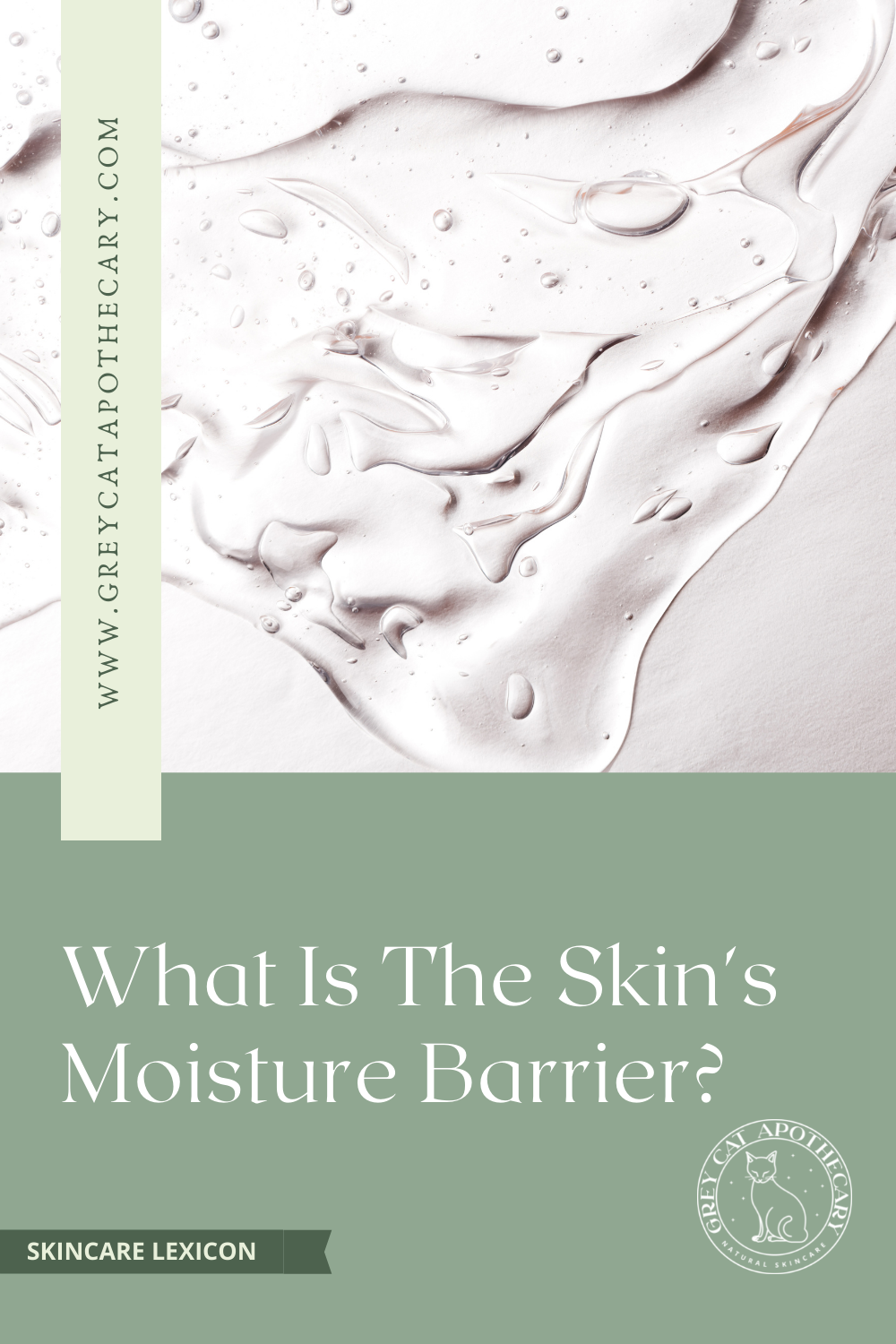Is My Skin Dry or Dehydrated?
And is there a difference?
Yes, there is definitely a difference between dry skin and dehydrated skin, even though they share many of the same symptoms. Dry and dehydrated skin can both be dull in appearance, itchy and tight feeling, but the underlying reasons for these symptoms are slightly different and as such the treatment of each should also be slightly different.
The key difference between dry skin and dehydrated skin is that dehydrated skin is a skin condition, meaning that it is caused by outside factors and is temporary, whereas dry skin is a skin type that is the result of genetics and cannot be changed by outside factors (although age and hormones can play a role in skin types developing over time).
How to Tell If You Have Dry Skin
Dry skin is a skin type typified by small, less visible pores and underactive sebaceous glands, leading to a lack of oil (a.k.a. lipids) that can leave the skin feeling tight and itchy with visible flaky patches. As mentioned above, dry skin is largely based on age, genetics and hormones, but could also be related to an underlying health condition like hypothyroidism.
While most of us associate overactive sebaceous glands with conditions like acne, underproductive sebaceous glands can lead to moisture barrier damage and trans epidermal water loss (TEWL), which is also related to dehydrated skin. The skin moisture barrier is located in the first layer to the skin (stratum corneum) and is composed of dead skin cells held together with lipids (oil) to create a sort of ‘brick wall’ that keeps water inside the skin and pollutants and bacteria on the outside of the skin. When the barrier is compromised, water can evaporate from the skin and irritants can get in, leading to dry, flaky patches.
How to Treat Dry Skin
While dry skin is a skin condition that cannot be changed, using the right products can help alleviate symptoms and support the skin’s natural moisture barrier to protect against TEWL and irritation.
Because dry skin lacks oil, the first step is to avoid oil dissolving ingredients like hydrogen peroxide, alcohol and SLS (Sodium Lauryl Sulphate/Sodium Laureth Sulfate) in your cleansing/toning routine. These ingredients dissolve and strip the skin of much needed lipids and can lead to moisture barrier damage.
Next, look for oil based serums and moisturizers to replenish lipids and create a protective barrier to lock in moisture. Specifically, look for emollient ingredients that can help restore the skin’s natural moisture barrier and look for occlusive ingredients that will seal in moisture and protect against TEWL.
Examples of natural emollients include:
Ceramides (naturally occurring in the skin’s moisture barrier)
Plant oils like Jojoba, Rosehip, borage and evening primrose
Shea butter
Examples of natural occlusives include:
Squalene
Lanolin*
Beeswax*
Shea butter (yes, it is both an emollient and an occlusive!)
It may also be useful to look for humectant moisturizers to draw water into skin cells before sealing them up with emollients and occlusives, but more about humectants later.
How to Tell If You Have Dehydrated Skin
Dehydrated skin is a skin condition, meaning that it is temporary and caused by a combination of internal and external factors. Human skin cells are 64% water, so when water levels in the skin dip, it shows. Dehydrated skin loses resilience and fine lines and pores become more noticeable. Hydration helps to keep skin cells plump and healthy looking.
Dehydration in the skin can be caused by a compromised skin moisture barrier, and is actually very similar to sensitive or sensitized skin which is also caused by damage to the skin’s moisture barrier, leading to skin that feels dry, irritated and chapped. The damage to the skin’s moisture barrier may even lead to excess sebum production and breakouts, and it is also possible to have both oily and dehydrated skin at the same time.
What Causes Dehydrated Skin
Dehydrated skin is caused when the skin loses more water than it takes in, often through a process called trans epidermal water loss (TEWL). TEWL is the result of a compromised skin moisture barrier. This barrier in the first layer of the skin is made of two types of lipids: epidermal lipids, such as ceramides, free fatty acids, and cholesterol; and sebaceous lipids, like triglycerides, wax esters, and squalene. When this barrier is damaged water can be lost and irritants can penetrate the skin.
Other causes of skin dehydration include living in a dry climate or being exposed to strong air conditioning for too long, lack of sleep, lack of water, stress, too much caffeine or alcohol, stripping cleansing products such as foaming ingredient SLS (Sodium Lauryl Sulphate/Sodium Laureth Sulfate) or alcohol toners, hot water, hard water, over exfoliation, and overusing acids or other strong actives.
How to Treat Dehydrated Skin
The first step to rehydrating your skin is to rehydrate yourself: remember to drink water regularly and to drink extra water for every diuretic (caffeine, alcohol) you drink. However, you can also treat dehydrated skin topically with hydrating ingredients that bind water to the skin. When skin is properly hydrated, it is plump and bouncy to the touch.
The most hydrating type of moisturizer is the humectant. Humectants draw water from the environment to themselves, replenishing lost hydration.
Examples of natural humectants include:
Hyaluronic acid
Aloe Vera
Honey*
Glycerin
Urea*
Panthenol (Vitamin B5)
Alpha-hydroxy acids (AHAs)
Humectants should always be applied to slightly damp skin, whether in serum, lotion or cream form so they have an easy water source to start. Then a thicker moisturizer with emollient and/or occlusive qualities should be applied to seal in the hydration. Diet and lifestyle changes can also help: drinking plenty of water, avoiding too much caffeine and/or alcohol, getting a good night’s sleep, and quitting smoking. Products with potential skin irritants like fragrance should be avoided.
In Conclusion
Human skin requires a delicate balance of oil and water in order to function properly and appear healthy and vibrant. Whether your skin is dry or dehydrated or both, proper hydration and proper moisturization are both necessary to keep skin looking plump, radiant and free of dry patches. But, most of all, moisture barrier damage can be prevented by staying hydrated, wearing SPF daily, and using ingredients that support the skin’s natural moisture barrier.
*These ingredients are not vegan
Sources:
The Difference Between Hydrating and Moisturizing Skincare Products




























